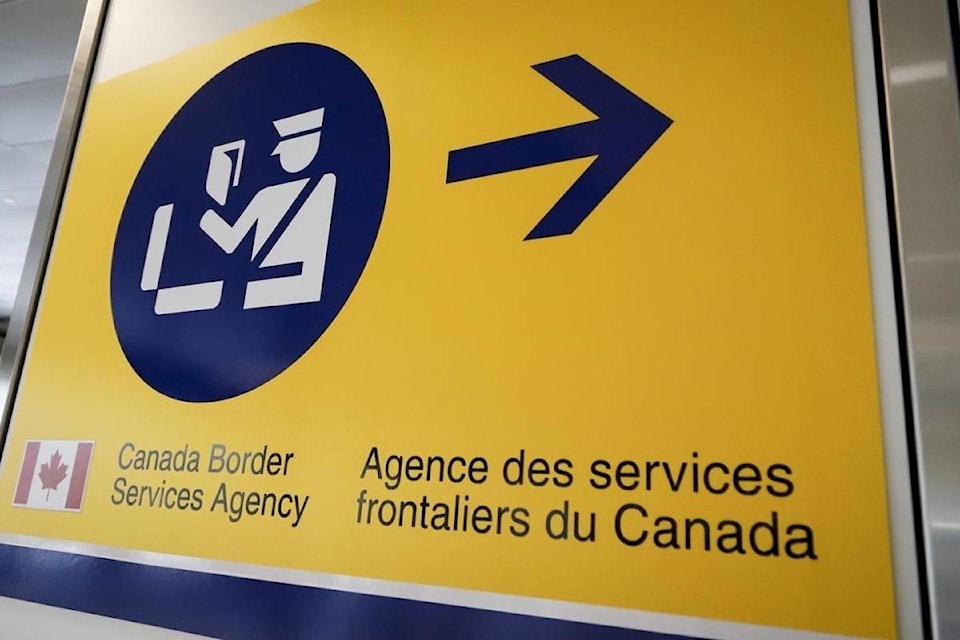As British Columbians race to enjoy the last long weekend of the summer, the Canada Border Services Agency (CBSA) is readying itself for a busy few days.
As well as the usual festivities, the Labour Day long weekend also brings with it the arrival of international students and returning residents, which the CBSA says can make the border extra busy, particularly on the Monday, which traditionally tends to be the busiest day on any holiday weekend.
Whilst the CBSA dedicates significant efforts to planning and preparing for peak periods, they are encouraging travellers to plan ahead to avoid lengthy waits.
Before hitting the road, travellers are advised to check border wait times and expect delays. But for those who don’t mind getting up before the crack of dawn, the CBSA says early mornings are the best time to cross the border to avoid getting caught up in the holiday madness.
And if you can be flexible, consider an alternative port of entry with shorter wait times or less traffic. To help speed up processing times at the border, have your travel documents handy.
Essential advice for safe travel outside of Canada
For anyone considering making plans to travel abroad this long weekend, the Government of Canada, via its Travel Advice and Advisories (TAAs), offers information and advice on safety and security conditions abroad to help make informed and responsible decisions.
TAAs give travellers accurate and up-to-date information on situations that may affect their safety and well-being when they are travelling. This information may relate to health, safety or security considerations, local laws and culture, exit and entry requirements or climate and natural disasters.
There are four risk levels, which are colour-coded to help identify them:
- Green: Exercise normal security precautions - like you would while in Canada.
- Yellow: Exercise a high degree of caution - there are reasons to be more careful in this area.
- Orange: Avoid non-essential travel - think seriously about whether you need to travel there.
- Red: Avoid all travel - high-risk area; it is recommend not going there at all.
Risk levels are assessed and changed when necessary by Global Affairs Canada in consultation with the Canadian embassy, high commission or consulate responsible for the foreign destination.
Canadians are warned that if a travel advisory is issued for their destination, it may affect their travel insurance.
For more information about travel advisories, visit the website: https://travel.gc.ca/travelling/advisories.


